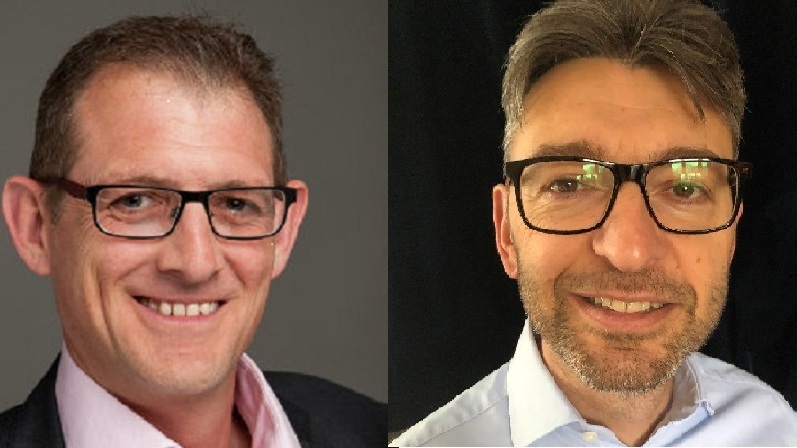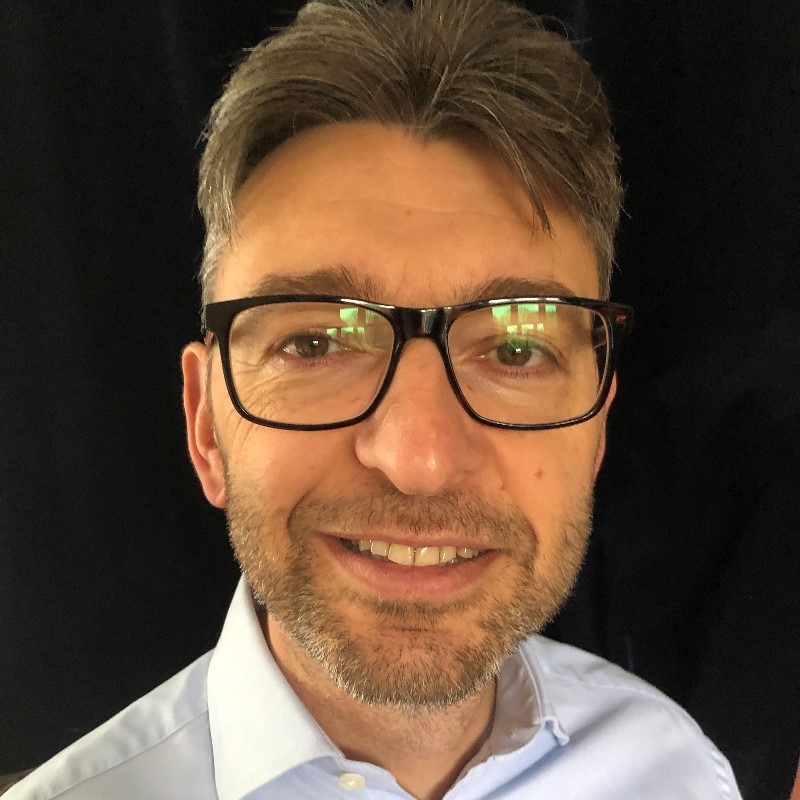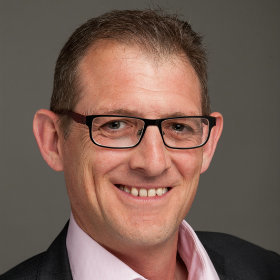
Surrey Pension Fund: “There’s a balance of power shift on net zero”
Net Zero Investor sat down with Lloyd Whitworth, head of Investment and Stewardship and Neil Mason, assistant director for the Surrey Pension Fund to discuss their new net zero target
Surrey Pension Fund thought long and hard before setting their net zero target. Earlier this summer, the £5.3 billion local government pension fund for a leafy Southeast county of the UK finally committed to a deadline. By 2050 or sooner, the carbon footprint of the fund's investment portfolio should be net zero.
That target shouldn’t raise any eyebrows. Paris alignment now seems to be a minimum standard for institutional investors. So why did it still take a while to pin down a date?
Public interest
The holdup wasn’t due to lack of interest from either the fund or its members, as Whitworth immediately stressed. Before he joined the team in 2020, the fund had already mapped its portfolio against the Sustainable Development Goals in their entirety. That mapping was ahead of its time, he argued.
The issue wasn’t a lack of interest from Surrey’s members either, on the contrary. The process of drafting a responsible investment policy which included a net zero target took about two years and attracted a huge amount of feedback, Whitworth explained.
“Part of that process was to consult with all our members, employers and the wider public. We have got around 130,000 members, all of those received multiple communications. We had over 7000 responses, which is a huge response rate, that has all gone into the development of the policy.”
Alongside the public consultation, the fund has also taken the unusual stance of engaging with local climate activists. For good reason. Pension funds are increasingly in the firing line over their investments in fossil fuels. In the best case for the fund, this could be raised in an angry blog post, in the worst case, committee meetings might be picketed by climate activists.
The fund wanted to anticipate this by engaging with interested parties. “We talk to a group called Surrey Pensions Act Now on a quarterly basis to listen to their concerns, generally prior to committee meetings and we put forward the fund’s position. It’s been going reasonably well, they have interesting things to say and we’ve had quite convivial discussions. But it hasn’t always been like that. Prior to Lloyd’s time here, we’ve also had direct action by climate protestors”, Mason said.
Balancing act
Still, isn’t the 2050 target lacking ambition, given that Surrey is part of the Border to Coast Pool, which committed to net zero two years ago? Whitworth argued that it was important to the team not to commit to a random date without thinking through the consequences. “Of course, there is a balancing act here to assess the impact on returns and the cost implications” he said.
“Some of the things we were looking at are the investment universe, the speed of change from corporates, changes on bond markets and the investment options that are available at the moment.”
Having said that, the “or sooner” part of the net zero pledge is crucial, both Mason and Whitworth stressed. “The team will now assess the target on an annual basis: 2050 is a long way out and the variability of that analysis can be wide.”
In addition, Surrey has already filed TCFD reports for the past three years. While private sector pension funds in the UK are already required to do so, the process is not yet mandatory for LGPS funds.
The fund has more than half of its portfolio invested in listed markets. In theory, it could reduce its carbon footprint quite easily by simply divesting from companies with a high carbon footprint.
“The language some bond managers use is like that equity managers used about ten years ago."

But Whitworth isn’t convinced: “We could sell all of that [assets with a high carbon footprint], go up in lights and say aren’t we wonderful and the real world will have much carbon in it tomorrow as it did yesterday. To make a real world change does require engagement with companies” he argues.
When it comes to reducing the carbon footprint in equities, Surrey has already made significant progress, reducing its footprint by 38% since 2019. This result can be partly ascribed to an investment in LGIM’s Future World Fund, which gives a relatively higher weighting to less carbon intensive companies.
Reducing the weighting on some companies is not an easy decision to take, Whitworth acknowledged. “At the moment, our biggest investment in renewable energy is through Shell. Even if we thought they were stranded assets, they’d still be a buy now.” At the same time, Surrey, as part of Border to Coast, has escalated its engagement with Shell and voted against the management’s transition plan.
Still, reducing the carbon footprint of other classes remains much more complex. As an open scheme, Surrey has 27% of its assets invested in alternatives and 15% in multi-asset credit assets. Fixed interest gilts account for only 1.8% of the fund’s portfolio.
Bonds behind the curve
Bond managers appear behind the curve when it comes to taking carbon into account, Whitworth argued. “Equities still seem quite a long way ahead of other asset classes.
“The language some bond managers use is like that equity managers used about ten years ago. It’s whether you think that including these sorts of measures is long-term profitable or not. The equity world has crossed that divide, I’m not sure we’re there yet with the bond markets. Getting the bond market on board is the next hurdle to get over.
“Managers are looking at if climate risk impacts default risk right now and are concluding it doesn’t but it may well do so in 10 or 15 year’s time, so at some point, they are going to have to think about that.”
"There is a sweet spot of our fiduciary duty as stewards of capital and ESG, they are not contradictory”

In contrast, there was more room for progress in private markets, Whitworth believed. “It’s in the nature of those businesses to know where the clients are heading, they are client focused and there could be quite a quick catchup there.”
While it remains hard to get access to information in private markets, he argued that this may be at a “breaking point.”
“There’s a balance of power shift in private markets. Remember, they are still charging the highest fees out there and asset flows aren’t as straightforward to come by” he emphasised. In the case of Surrey, this trend is accelerated by pooling. “Border to Coast can ask for this sort of information from the outset and have big tickets to offer, we are definitely seeing the improvement with our managers”, Whitworth predicted.
In the short-term, focusing on a lower carbon footprint might come with trade-offs, Mason admitted, but in the long run, there is belief that reducing the carbon footprint of the fund’s portfolio will bring positives outcomes for the fund. “To be very clear, we are doing this for investment reasons. There is a sweet spot of our fiduciary duty as stewards of capital and ESG, they are not contradictory”, he stressed.




